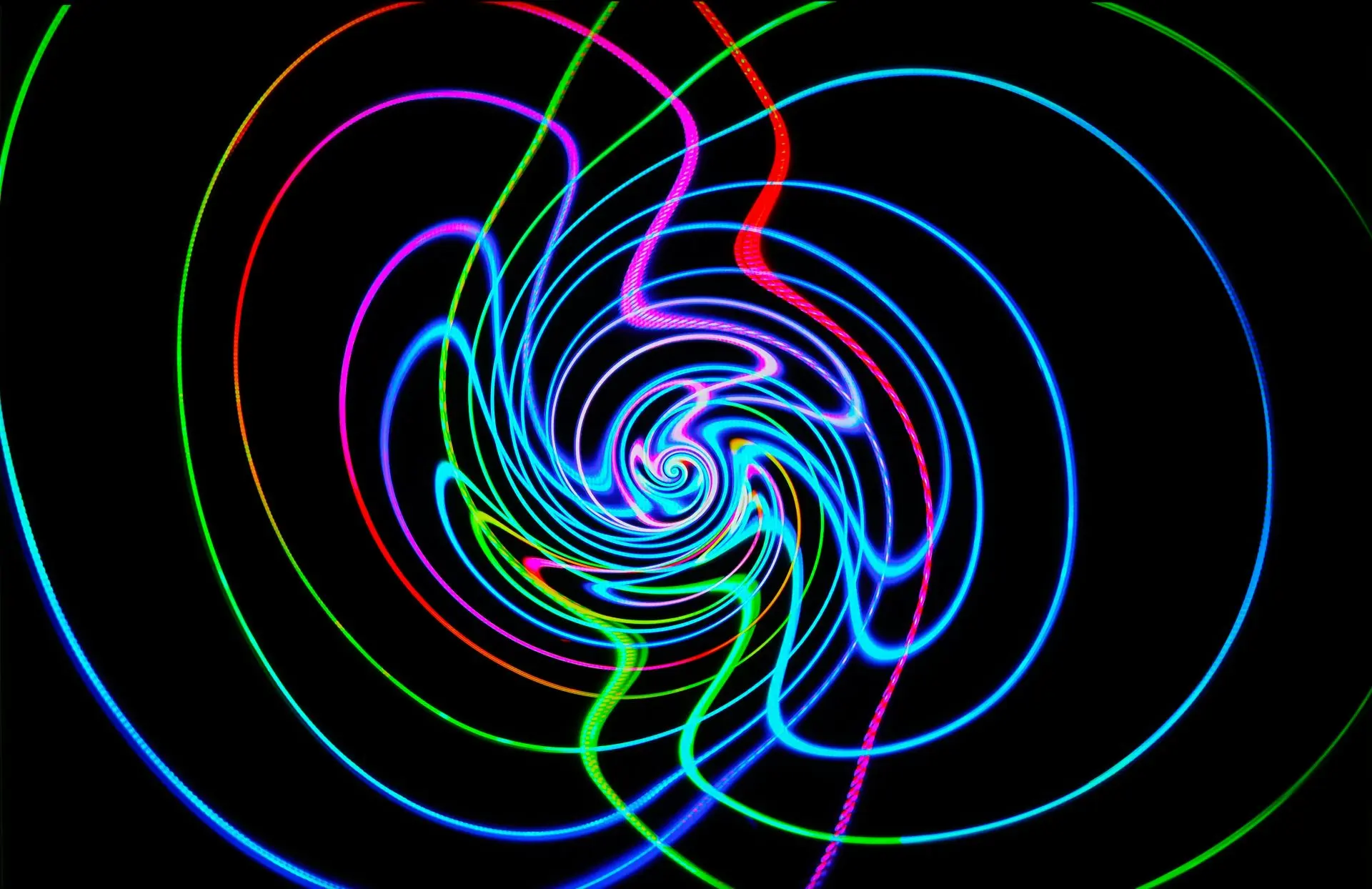Taoist Calligraphy: Artistry in Writing

Before diving in, please note: This post is for informational purposes only. If you’d like to know more about how we approach topics, feel free to check out our friendly Disclaimer Page.
Hey there, amazing readers! 
We’re committed to delivering quality posts, and your support (even just sticking around despite the ads) means everything to us. So, bear with us, and thanks for helping us keep the good vibes rolling. Now, on to the fun stuff!
TRANSLATE BUTTON AT THE END OF THE ARTICLE
Introduction to Taoist Calligraphy
Taoist calligraphy is a unique form of artistic expression that combines the beauty of writing with the profound philosophy of Taoism.
This ancient art form focuses on capturing the essence of the Tao, or the universal principle that underpins all of existence, through carefully crafted brush strokes.
Taoist calligraphy is not just about writing characters; it is about embodying the principles of Taoism in every stroke and creating a visual representation of the harmony and balance found in nature.
Origins and History of Taoist Calligraphy
Taoist calligraphy has its roots in ancient China, where Taoist monks and scholars used writing as a form of meditation and spiritual practice.
The art form became popular during the Tang Dynasty (618-907 AD) when calligraphy was seen as a way to cultivate the mind and express one’s inner thoughts and emotions.
Over the centuries, Taoist calligraphy has evolved and developed its distinct style, influenced by various schools of calligraphy and Taoist philosophy.
The Philosophy Behind Taoist Calligraphy
At the core of Taoist calligraphy is the belief that writing is a reflection of one’s inner state of being.
By practicing calligraphy, individuals can cultivate their minds, focus their thoughts, and connect with the spiritual essence of the Tao.
Each brush stroke is considered a symbolic expression of the artist’s energy and intention, conveying not just the meaning of the characters but also the emotions and spirit behind them.
Tools and Materials Used in Taoist Calligraphy
Taoist calligraphy requires a few essential tools and materials to create beautiful and meaningful artworks.
The most important tool is the brush, typically made of bamboo and animal hair, which allows the artist to control the flow and thickness of the ink.
Ink sticks, ink stones, and rice paper are also commonly used in Taoist calligraphy to create the desired effects and textures in the artwork.
Techniques for Mastering Taoist Calligraphy
Mastering Taoist calligraphy requires practice, patience, and a deep understanding of the art form.
Artists must learn how to hold the brush correctly, control the pressure and speed of their strokes, and internalize the principles of Taoism to infuse their artwork with meaning and spirit.
By studying the works of famous calligraphers and practicing regularly, aspiring artists can improve their skills and develop their own unique style.
Symbolism and Meaning in Taoist Calligraphy
Every stroke in Taoist calligraphy carries deep symbolism and meaning, reflecting the artist’s interpretation of Taoist philosophy and principles.
The way characters are written, the rhythm and flow of the brush strokes, and the overall composition of the artwork all contribute to the message and energy conveyed by the piece.
Through careful study and contemplation, viewers can uncover layers of meaning and symbolism hidden within Taoist calligraphy artworks.
Famous Taoist Calligraphy Masters
Throughout history, many renowned calligraphers have embraced Taoist principles in their artworks, creating masterpieces that inspire and captivate audiences.
Wang Xizhi, known as the "Sage of Calligraphy," is one of the most celebrated calligraphers in Chinese history, admired for his elegant and expressive brushwork.
Other notable masters include Yan Zhenqing, Su Shi, and Huang Tingjian, whose works continue to influence artists and enthusiasts around the world.
Influence of Taoist Calligraphy on Art
Taoist calligraphy has had a profound influence on the world of art, inspiring artists across different cultures and disciplines to explore the intersection of writing, philosophy, and spirituality.
The expressive and dynamic nature of Taoist calligraphy has found its way into various art forms, including painting, sculpture, and even digital media, demonstrating the enduring appeal and relevance of this ancient practice in the modern world.
Modern Applications of Taoist Calligraphy
In today’s fast-paced and ever-evolving world, Taoist calligraphy continues to hold a special place as a form of artistic expression and spiritual practice.
Many contemporary artists and enthusiasts have embraced Taoist calligraphy as a way to reconnect with themselves, find inner peace, and express their creativity in a meaningful way.
Workshops, classes, and online tutorials offer opportunities for individuals to learn and practice Taoist calligraphy, keeping the tradition alive and relevant in the digital age.
Appreciating Taoist Calligraphy as Art
Appreciating Taoist calligraphy goes beyond simply admiring the beauty of the characters and brush strokes; it involves understanding the philosophical and spiritual significance behind each artwork.
By immersing oneself in the world of Taoist calligraphy, viewers can gain insights into the artist’s intentions, emotions, and worldview, deepening their appreciation for the art form and its timeless appeal.
Through careful observation and contemplation, one can unravel the secrets and symbolism hidden within Taoist calligraphy pieces.
Learning Taoist Calligraphy as a Practice
For those interested in learning Taoist calligraphy, studying with a master or attending workshops and classes can provide valuable insights and guidance on the techniques and principles of the art form.
By practicing regularly and dedicating time to honing their skills, aspiring artists can develop their own style and express their unique voice through calligraphy.
Learning Taoist calligraphy is not just about mastering the technical aspects of the art but also about cultivating one’s inner self and connecting with the spiritual essence of the Tao.
Preserving the Tradition of Taoist Calligraphy
As Taoist calligraphy continues to inspire and influence artists around the world, it is essential to preserve the tradition and heritage of this ancient art form for future generations.
By supporting calligraphy schools, museums, and cultural institutions, individuals can ensure that the techniques, philosophy, and beauty of Taoist calligraphy are passed down and cherished for years to come.
Through ongoing practice, study, and appreciation, the legacy of Taoist calligraphy can endure and thrive in the ever-changing landscape of the art world.
Conclusion
Taoist calligraphy is not just a form of writing; it is a profound artistic expression that embodies the essence of Taoist philosophy and spirituality.
By mastering the techniques, understanding the symbolism, and appreciating the beauty of Taoist calligraphy, individuals can connect with their inner selves and the universal principles of the Tao.
Through practice, study, and preservation, the tradition of Taoist calligraphy can continue to inspire and captivate audiences, keeping alive the rich heritage and timeless wisdom of this ancient art form.

The Enlightenment Journey is a remarkable collection of writings authored by a distinguished group of experts in the fields of spirituality, new age, and esoteric knowledge.
This anthology features a diverse assembly of well-experienced authors who bring their profound insights and credible perspectives to the forefront.
Each contributor possesses a wealth of knowledge and wisdom, making them authorities in their respective domains.
Together, they offer readers a transformative journey into the realms of spiritual growth, self-discovery, and esoteric enlightenment.
The Enlightenment Journey is a testament to the collective expertise of these luminaries, providing readers with a rich tapestry of ideas and information to illuminate their spiritual path.
Our Diverse Expertise
While our primary focus is on spirituality and esotericism, we are equally passionate about exploring a wide range of other topics and niches 

To ensure we provide the most accurate and valuable insights, we collaborate with trusted experts in their respective domains 
Our blog originally focused on spirituality and metaphysics, but we’ve since expanded to cover a wide range of niches. Don’t worry—we continue to publish a lot of articles on spirituality! Frequently visit our blog to explore our diverse content and stay tuned for more insightful reads.

































































